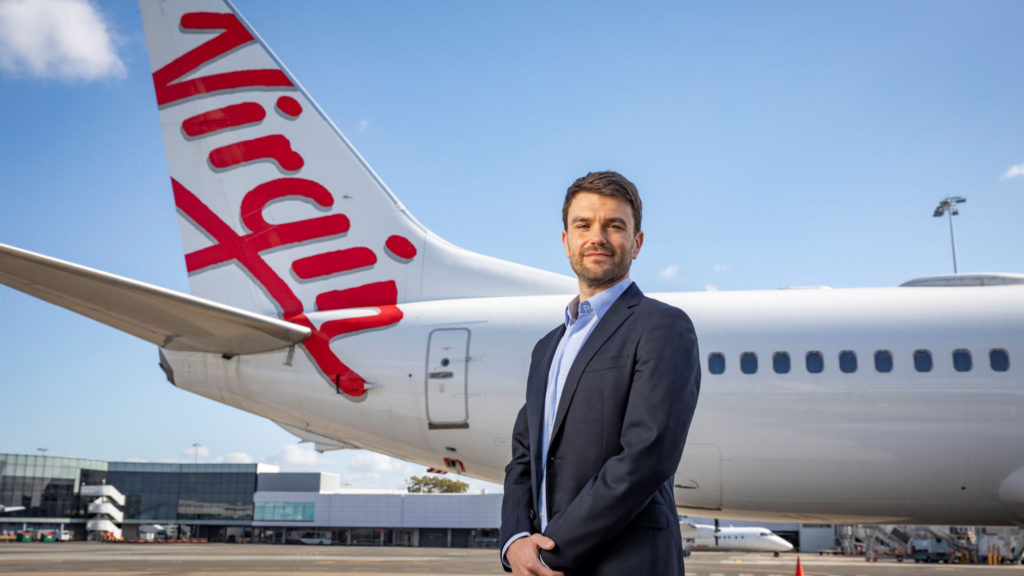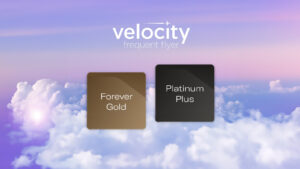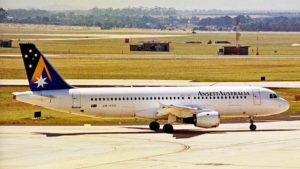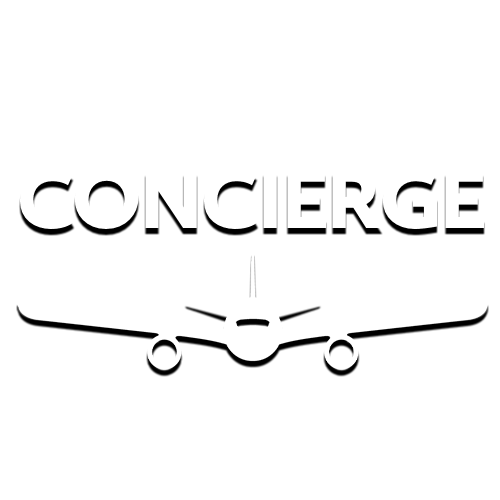There have been many changes afoot at Velocity Frequent Flyer. From new status tiers to points reshuffles, the changes announced in October 2024 represent the program’s most extensive overhaul. Velocity is staging its implementation in phases, having started in October 2024 and concluding in October 2025.
I sit down with the CEO of Velocity Frequent Flyer, Nick Rohrlach, to discuss these changes and other aspects of the program that could be up for review. I summarise the main points of the interview below. And the full interview can be viewed in the embedded YouTube video.
American Express Velocity Platinum
Why the changes to Velocity Frequent Flyer?
While just one of many changes, Nick highlights that the number one request he received from Velocity members is what is beyond Platinum status. A comment that Nick frequently receives is:
I have 2,000 or 3,000 Status Credits, and there is nothing else for me. What else is there?
Enter Velocity Forever Gold and Velocity Platinum Plus, which are new status recognitions. Both of these new benefits reward loyalty to Virgin Australia. The former rewards members with lifetime recognition once a level of Status Credits is earned, while the other meets the need of those loyal members who currently feel short-changed in respect to being recognised above and beyond a member that squeaks into Platinum Status.
Will there be a Forever Platinum? “Some say it’s taken years for us to get to Forever Gold! Let’s get that running out there first,” Rorhlach remarks. Fair call…
Earning Status Credits based on spend
The way Status Credits are earned is undergoing a major overhaul. Out with earning based on mileage and fare class, and in with Status Credits based on spend. But, who are the winners and losers? If you’re a high spender flying on Virgin Australia metal (i.e. on a Virgin Australia plane), you’re in the winning camp. However, the news may not be as good if you’re a long-haul flyer or a frequent flyer of a Velocity partner airline.
But there is some good news. Nearly 90% of members who earn Velocity Points in the air earn them on a Virgin Australia plane. So, odds are you’re sitting in the winning camp as a Velocity member. Nick emphasises that Velocity sees its international partners as an ‘add-on’ to its domestic network.
In terms of the Status Credit changes, Nick states:
People can do their own sums, but if you look at, for example, Sydney to LA, the number of Status Credits that we award, even after these changes, will be significantly above our competition.
Let’s talk Virgin Australia and Qatar
Note that the above interview occurred prior to the interim approval of the Virgin Australia and Qatar partnership. The great news is that this interim approval has now been granted. However, there are still a few more regulatory hurdles to overcome before flights take off in June 2025.
Nick makes the following comments on this partnership:
Qatar is an amazing airline. Many of our members have flown it a lot already, and so an excellent product. And of course with these new extra long-haul services, the VA services using Qatar metal, that will be an even better option for our customers to use there. And of course Qatar has such a huge network beyond Doha, so it’s a really great way to get to Europe, Africa and other points beyond.
Nick notes that these will be Virgin Australia services, initially operated by Qatar, and that the final proposition of this arrangement is still being finalised. Therefore, could we use Velocity Points to upgrade on these services? Perhaps, says Nick again:
Upgrades I know is one of the things that people will be looking for most. And don’t worry, that’s not lost on us. Even if that’s not there at the start, that’s the sort of thing we can role out over time.
Velocity’s international network
One of my underlying frustrations, if I can call it that, with the Velocity program is the inconsistency of tier benefits among its airline members. Some offer priority check-in and boarding only, others just lounge access, and others all three. And when flying overseas on a Virgin Australia plane as a Velocity Gold or above member, don’t be surprised if you’re searching a packed airport food court for a seat with a Big Mac in hand.
One of the things we know is that there is a little bit of inconsistency across [international airline partnerships]. There are bi-lateral arrangements in place with each of those airlines. We’re trying to standardise as much as possible and I promise everyone we will keep trying to standardise it further. Cause look, we don’t ever want it to be a barrier. We don’t want anyone to think there is any compelxity in this, even if there is at the moment. So we’ll keep trying to make that as easy as possible, casue we do try and make our proposition easier.
You mentioned, of course, on the international [flights] for our own services. Again, that’s another source of inconsistency there, too. Again, we’re mindful of that. And look, as we go forward, with the new tiers we’ve talked about. One of the key reasons for that was to help us make further invesmtment in the future, but also we are trying to make our program easy, so over time, we’ll try and improve that.
To be fair to Velocity, its international airline partnerships are strong. It partners with United to the Americas, Singapore Airlines through Asia, and Qatar through Europe. And the likes of ANA, Air Canada, South African Airways and Air New Zealand. That’s an amazing line-up. It’s such a shame the elite offering is so inconsistent. Hopefully, Velocity will address this issue sooner rather than later.
… and Virgin Australia to join a global alliance?
Speaking of product inconsistencies, could a global alliance be the silver bullet to fix it? I don’t know why I keep asking this question, with the response being so predictable. But I know it’s a popular question, so here we go.
Can I say that the answer given by Nick surprised me, and we’re set for some much-needed competition in the global alliance space, which has been all but forgotten since the demise of Ansett Australia in 2001? Unfortunately not.
We’ve looked at it. There’s big benefits to joining an alliance. There’s also big costs as well. And, of course, we have both Star Alliance and oneworld airlines as partners, and we have plenty of non-alliance partners as well. And so, just at this stage, we never rule anything out for the long-term, but we’re very focused on making this set of partners work for us.
Summing up
Many changes are happening, and are yet still to happen, at both Velocity and Virgin Australia. Some changes are universally seen as positive, such as the Virgin-Qatar partnership. Others are a bit more contentious, and it will be interesting to see how Velocity members react to these.
However, it is great to see Nick and his team focused on improving the viability and strengthening the current weaknesses of the Velocity program. Hopefully, these improvements will come sooner rather than later and build on Velocity’s current strong offering. There once was a time not too long ago when there was only one Australian frequent flyer program, so competition is always welcome and should never be taken for granted. Now, if we could get some competition in the Australian global alliance space… All in good time, I’m sure.
Featured image courtesy of Virgin Australia.
Stay up to date with the latest news, reviews and guides by subscribing to Point Hacks’ email newsletter.






Because, despite the spin of this article, there are no real “winners”. It is only the case that those who spend most are least impacted. But that doesn’t make them winners. OTOH, a whole bunch of groups are losers. That is of course a business decision, but it doesn’t change the situation, so doesn’t need to be spun otherwise.
As for “we’re trying to run a business here” as an excuse… so were the previous owners, and all other operators who operate a traditional model, instead of the new spend based model. So it’s actually not a reason.
1. The added benefits to be announced for Platinum Plus will they include;
a. Beyond Access
b. Access to reward seating same as QF Platinums
Most people know I hate lounges with a passion. This week, I was downgraded and delayed, and I had no friends at the Beyond Lounge (it was too early in the morning they rang as I was boarding). Will Platinum Plus (VIPs) get the first option on full flights?
And that Gold Coast lounge—how good are the staff? The plane is boarding, and they change my flight to get home earlier!!!